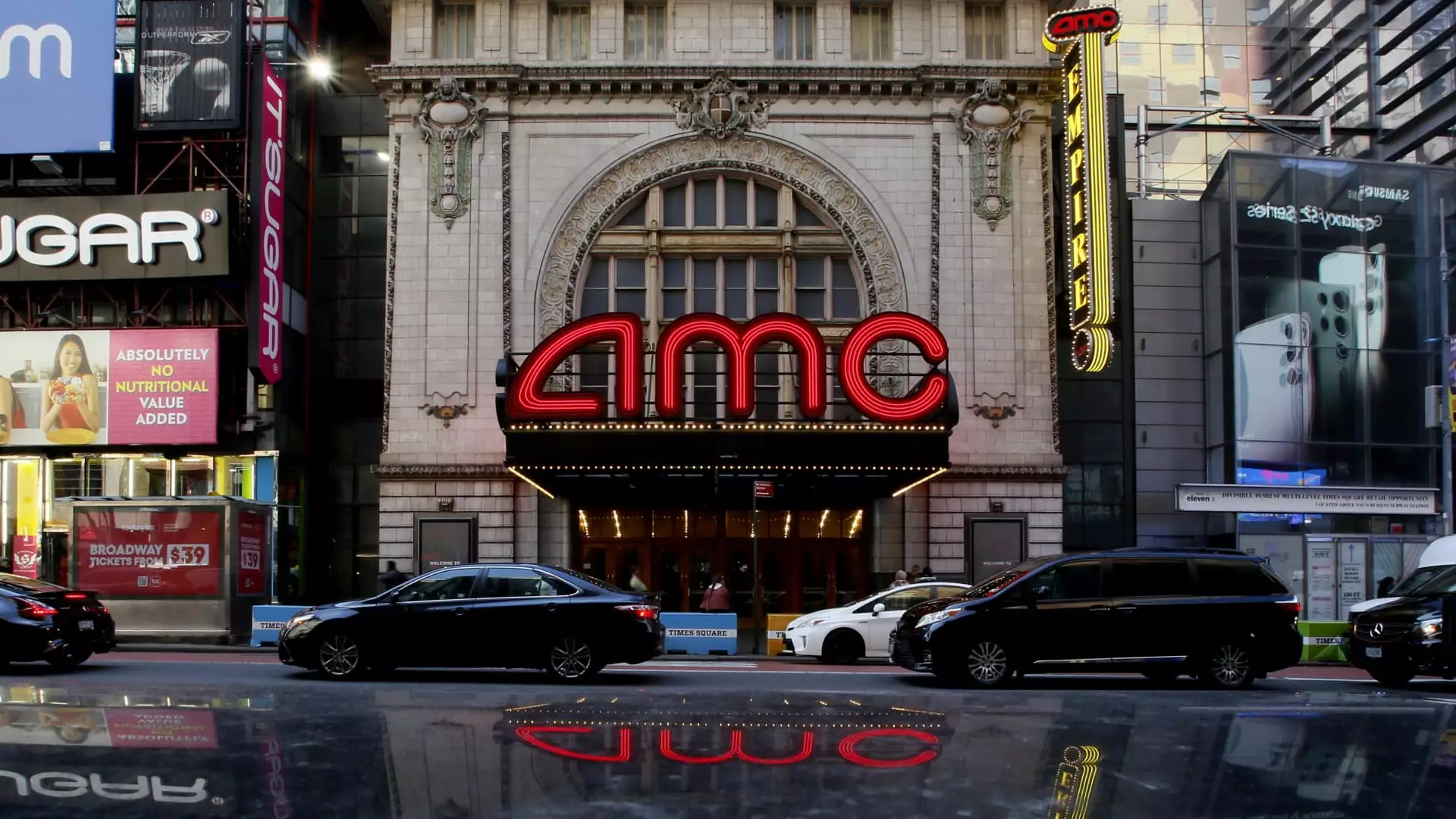In a surprising turn of events, AMC Entertainment, alongside GameStop, experienced a surge in its stock price following a post by “Roaring Kitty,” also known as Keith Gill, who inspired the massive short squeeze of 2021. This online activity led to AMC shares more than doubling since Friday’s close, reaching above $6 in afternoon trading on Tuesday. The last time retail investors rallied around AMC, the movie theater chain was able to avoid bankruptcy. Now, with the resurgence of interest, AMC has an opportunity to tackle its substantial debt load and potentially turn its fortunes around.
CEO Adam Aron’s strategic acquisitions, including theater chains such as Carmike, Odeon, and Nordic, have played a significant role in expanding AMC’s theater network. However, these acquisitions have also increased the company’s debt levels, leaving them vulnerable when the pandemic hit. Despite paying down nearly $1 billion of debt since the beginning of 2022, AMC still faces a remaining debt of about $4.6 billion. The looming $2.96 billion due in 2026 poses a significant challenge for the company, requiring careful attention and negotiation with lenders.
Currently, AMC is burdened with approximately $100 million in interest expenses every quarter, significantly affecting its bottom line. With the box office struggling to recover from pandemic-related shutdowns, the cinema chain has been unable to cover its fixed expenses, including rent, employee payroll, and operational costs. Senior analyst Eric Wold emphasizes the importance of leveraging the current situation to strengthen AMC’s balance sheet, similar to their previous efforts in bolstering financial stability.
In a strategic move, AMC raised $250 million of new equity capital through a recent sale that concluded on Monday, coinciding with the revival of the meme stock craze. By selling 72.5 million shares in an equity offering that began in late March, AMC was able to generate funds that could support liquidity and debt reduction. The average selling price of $3.45 per share before commissions and fees allowed the cinema chain to capitalize on the surge in stock price.
Analyst James Goss from Barrington Research views the recent stock surge as a potential opportunity for AMC to enhance its financial position, paving the way for institutional support. By taking advantage of the current market conditions and investor enthusiasm, AMC could secure better deals with lenders and strengthen its long-term prospects. The ability to navigate through the challenges posed by debt obligations and operational costs will be crucial in determining the cinema chain’s future success.
Overall, AMC Entertainment finds itself at a critical juncture, with the resurgence of meme stock interest offering a glimmer of hope amidst financial struggles. The company’s ability to capitalize on this newfound momentum, negotiate debt terms effectively, and position itself for long-term sustainability will be key in shaping its future trajectory in the competitive entertainment industry.

